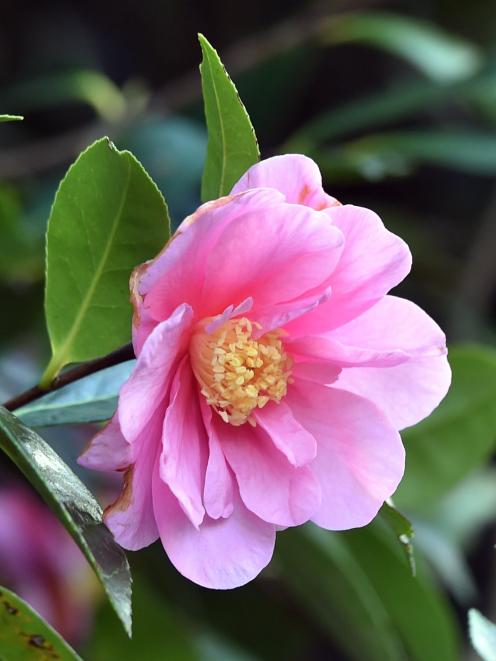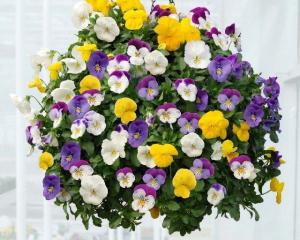
New Zealand camellia nurseryman Neville Haydon named one of his new cultivars Camellia japonica "Takanini", the area in Auckland he loved and where he lived all his life. This deep plum-red floriferous plant with dark green leaves went on to become one of his most popular. Haydon bred dozens of camellias and the soft pink Camellia pitardii "Nonie Haydon" was named to remember his mother.
Camellia japonica "Unryū-tsubaki", from Japan, has a corkscrew branch habit. Unryū in Japanese means "dragon in the clouds" referring to the twisting branches resembling a dragon ascending into the sky, while tsubaki is the Japanese word for camellia.
The perfect white and graceful C. japonica "Lily Pons" is not an orthographical error referencing a pond of lilies. Instead, when released in 1955, this camellia was named after the reigning diva of the Metropolitan Opera in New York.
When American nurseryman Howard Asper crossed the early flowering Camellia sasanqua "Narumigata" with C. reticulata "Damanao" he selected three of the very best for naming. Dubbing them "the girls", Camellia "Flower Girl", C. "Show Girl" and C. "Dream Girl". Inheriting the loose flower form and golden stamens from their sasanqua parent and the darker green shiny foliage from the reticulata, they are delicately scented and attract birds throughout winter. Two of "the girls" are flowering now and can be found in the camellia collection close behind the information centre.
Garden Life is produced by the Dunedin Botanic Garden.
For further information contact Marianne Groothuis.










